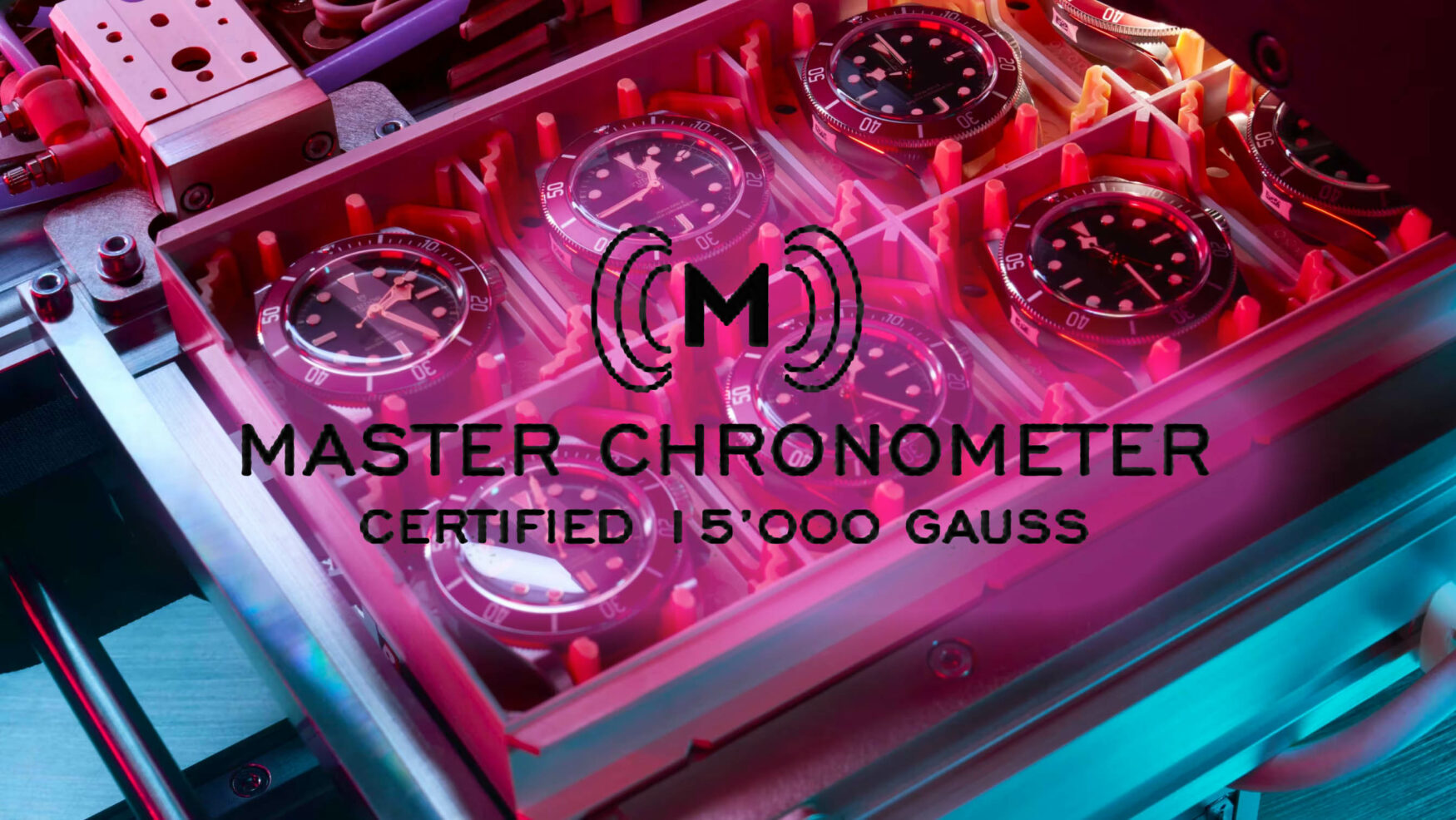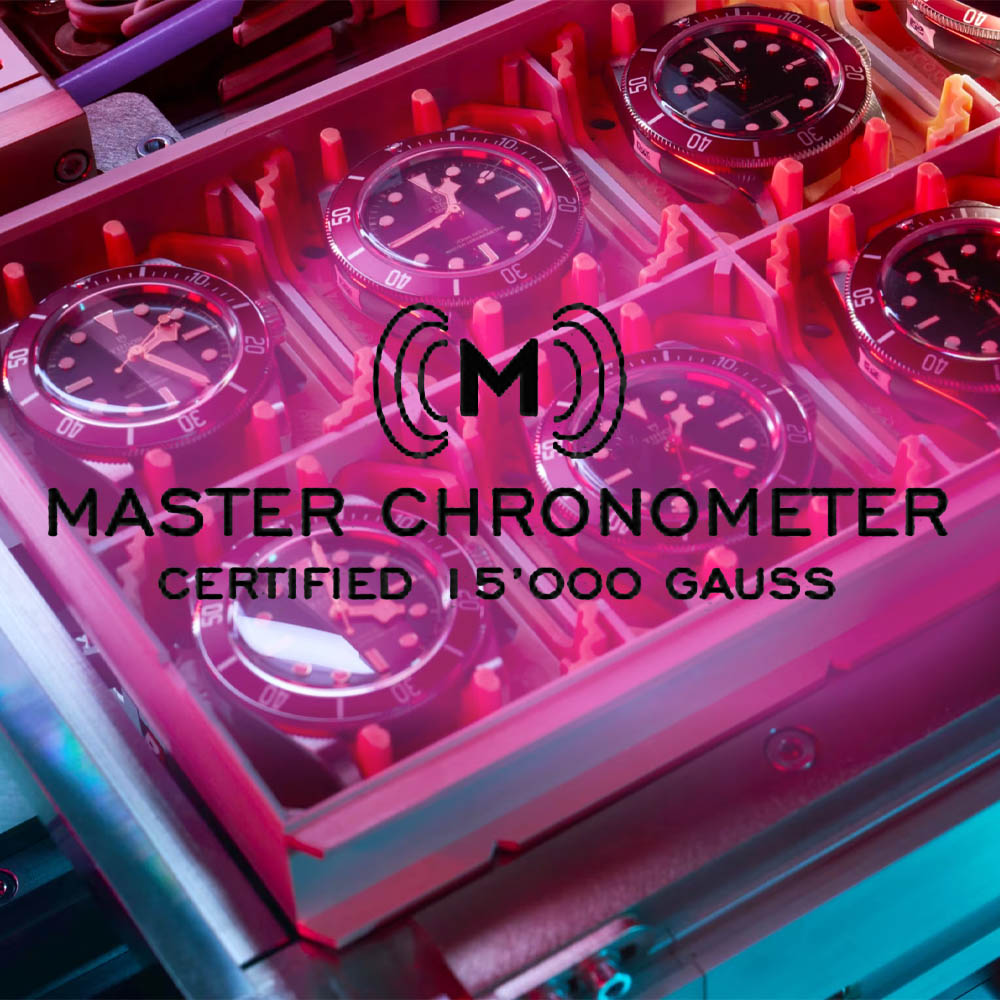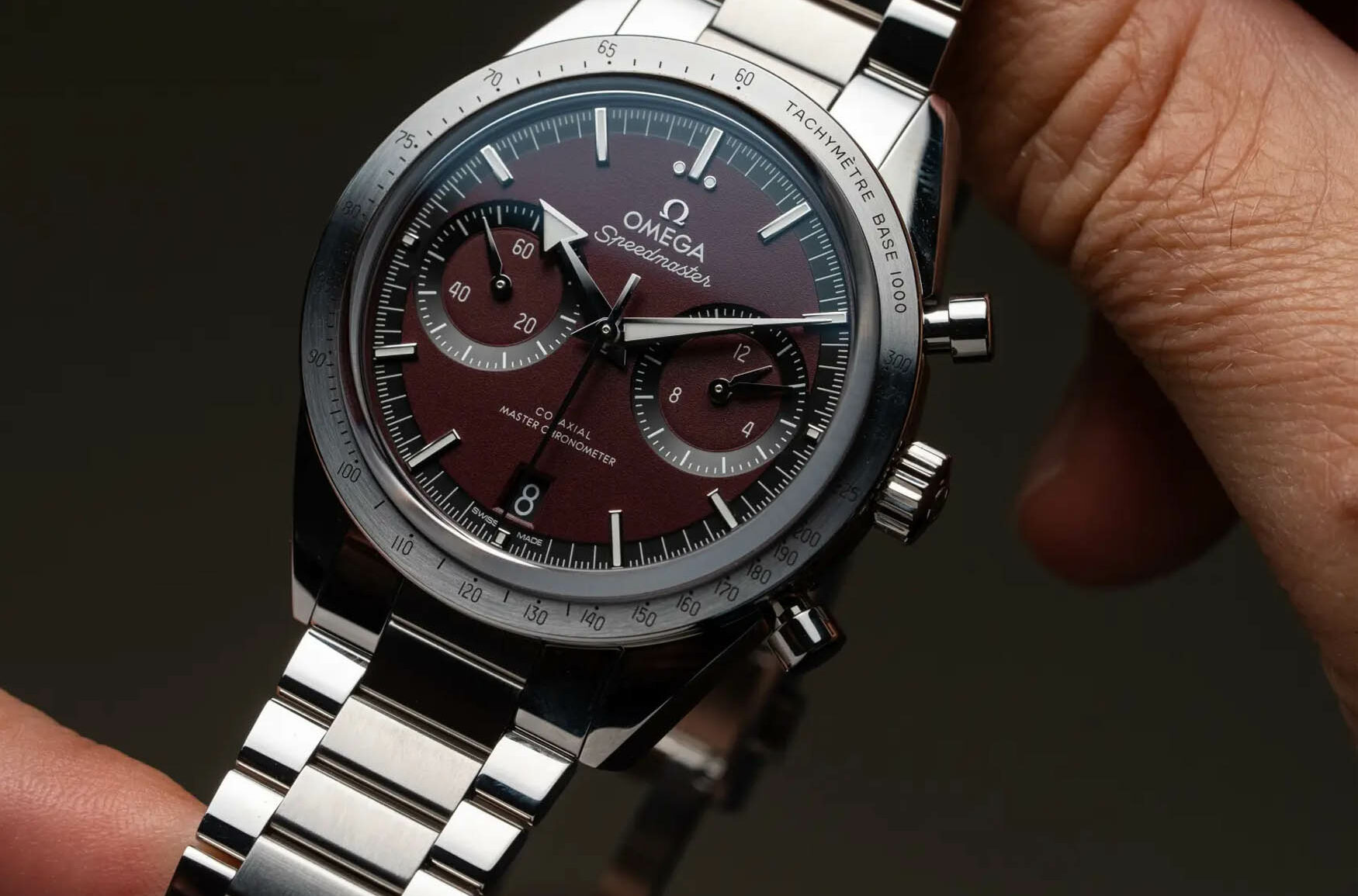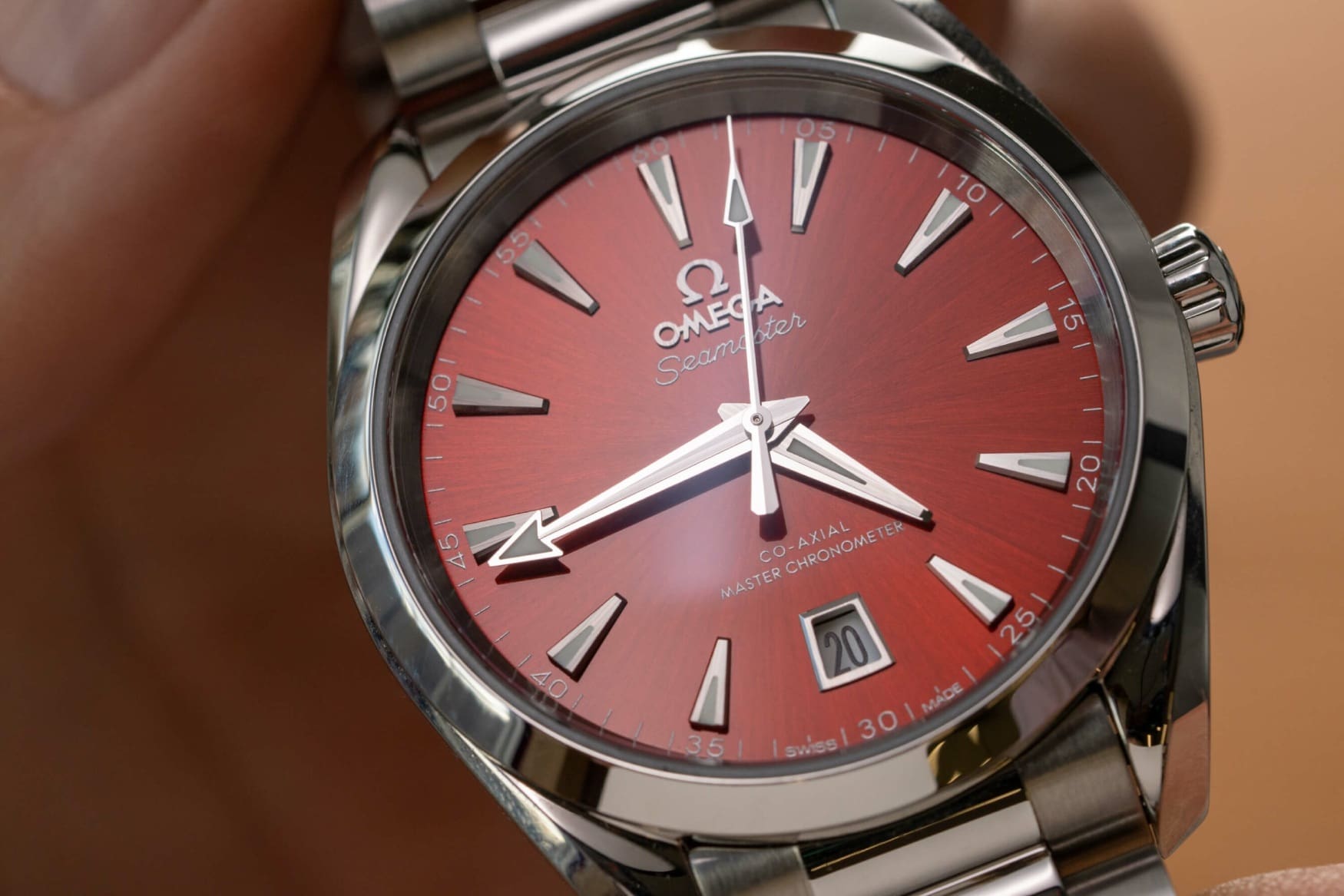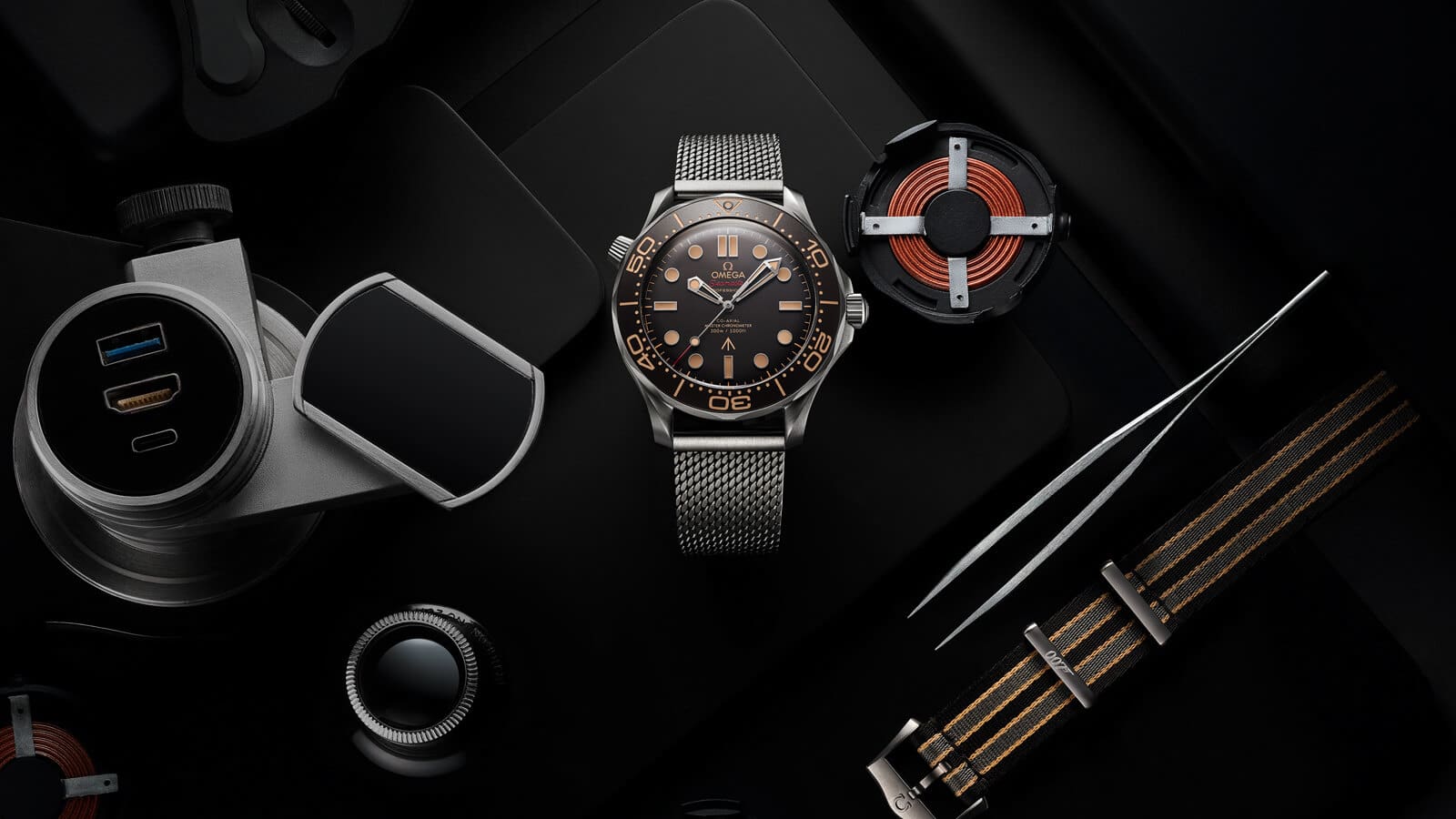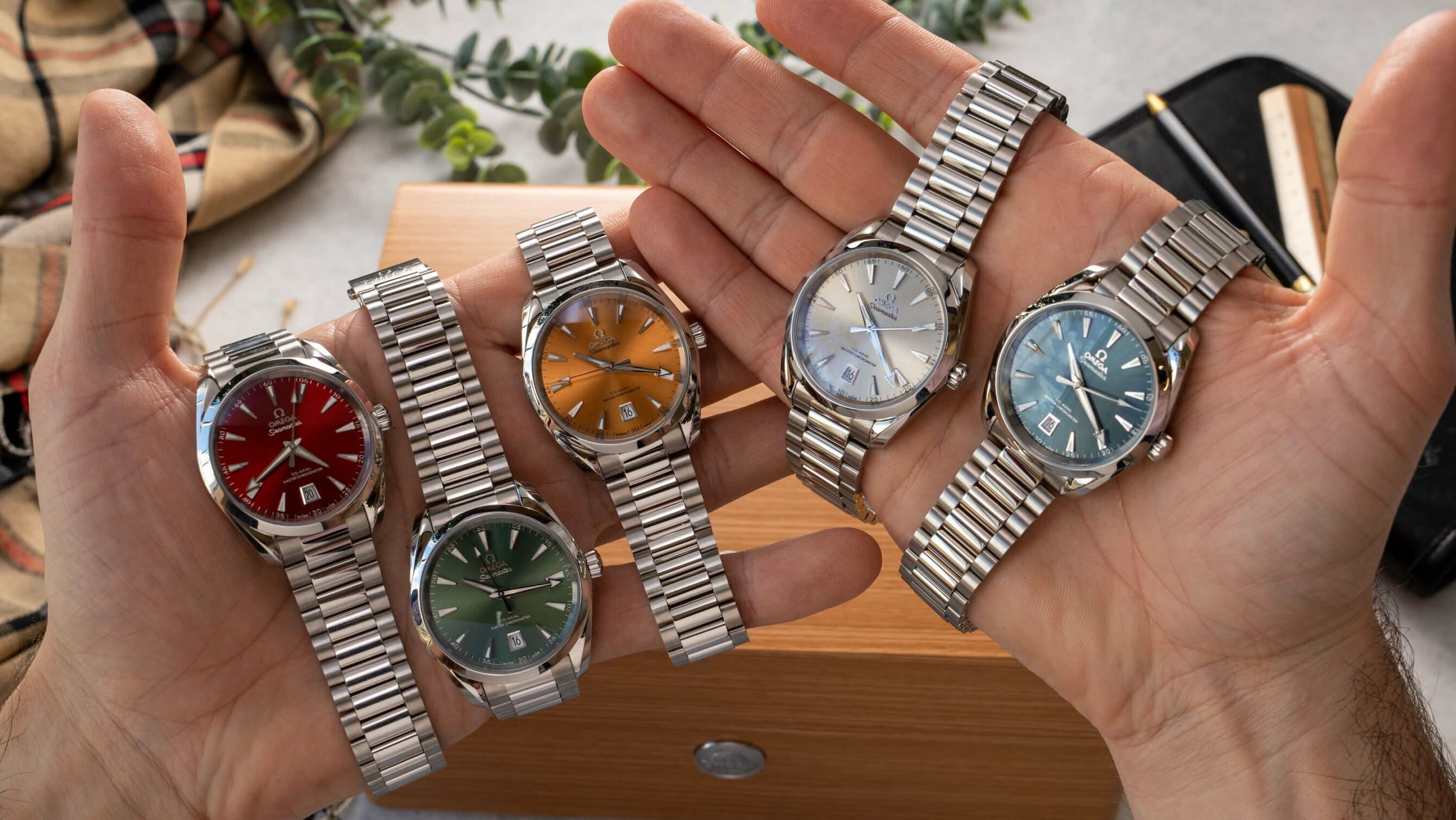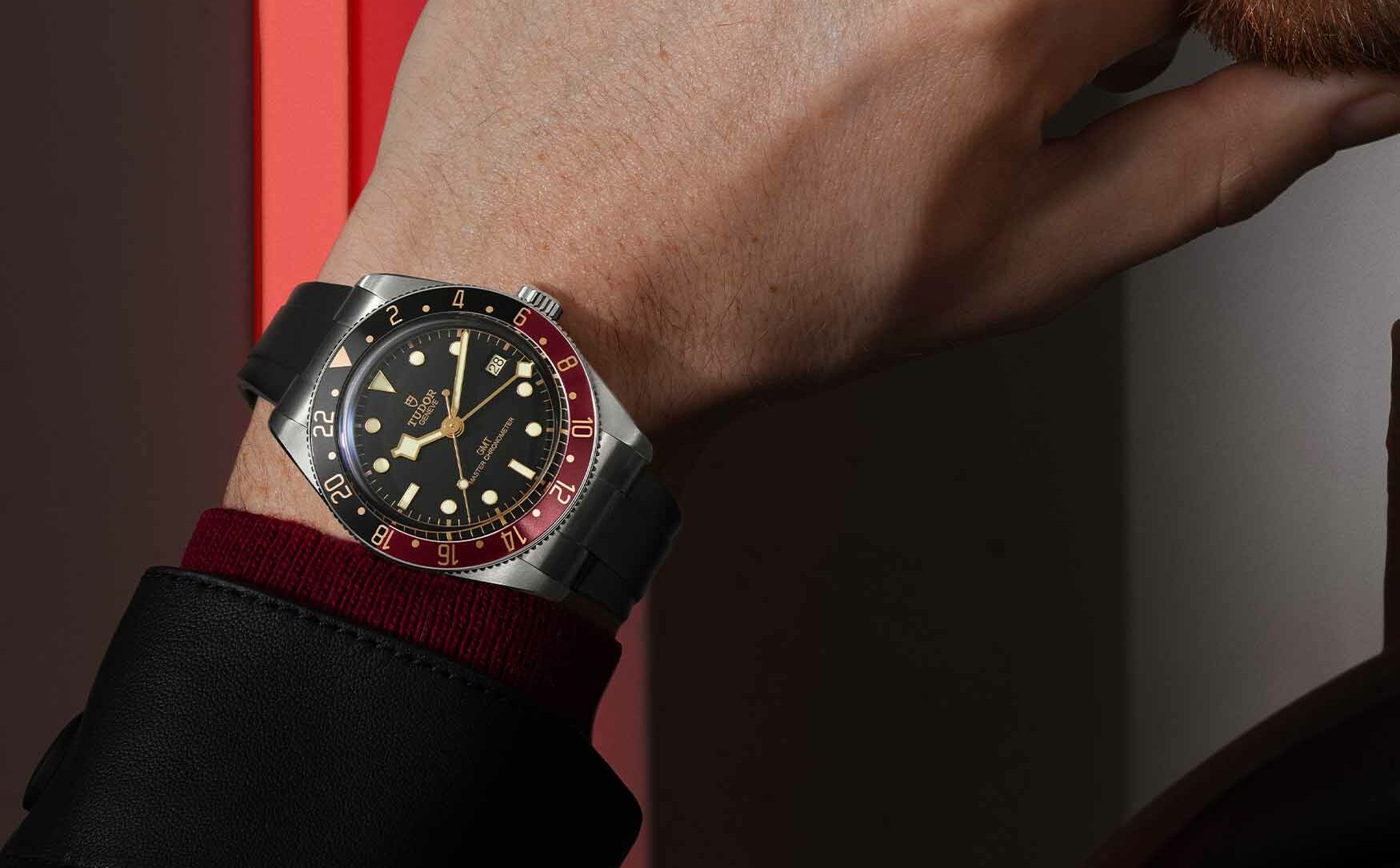Everything you need to know about METAS
Buffy AcaciaAs far as chronometer certifications go, there’s no standard that is more misunderstood than the one set by METAS: a body whose name seems to be popping up on the dials of more and more watches these days. It’s easy to get confused when there’s conflicting information available, but there are some clarifying facts that should help. For starters, METAS was not founded by Omega, it’s not just a more rigorous version of COSC testing, and it’s definitely not just a marketing ploy to increase prices. To gain the best understanding of METAS-certified chronometers, we should start from the beginning.
Before we dive in
If you’re unsure what a chronometer really is, then I’d recommend reading Borna’s handy overview. If you want to understand the history of chronometry from its beginnings in the 16th century, or learn how they transitioned from sea-faring aids to wrist-worn eye candy, those subjects will also give you a solid foundation from which to build your knowledge.
Beyond that, a familiarity with the testing standards of COSC is absolutely essential, because it’s actually a prerequisite to be COSC-certified before being tested with METAS’ methodology. The short version of COSC is that individual watch movements are tested over 15 days across five positions and three temperatures, ultimately running within an average of -4/+6 per day.
METAS origins
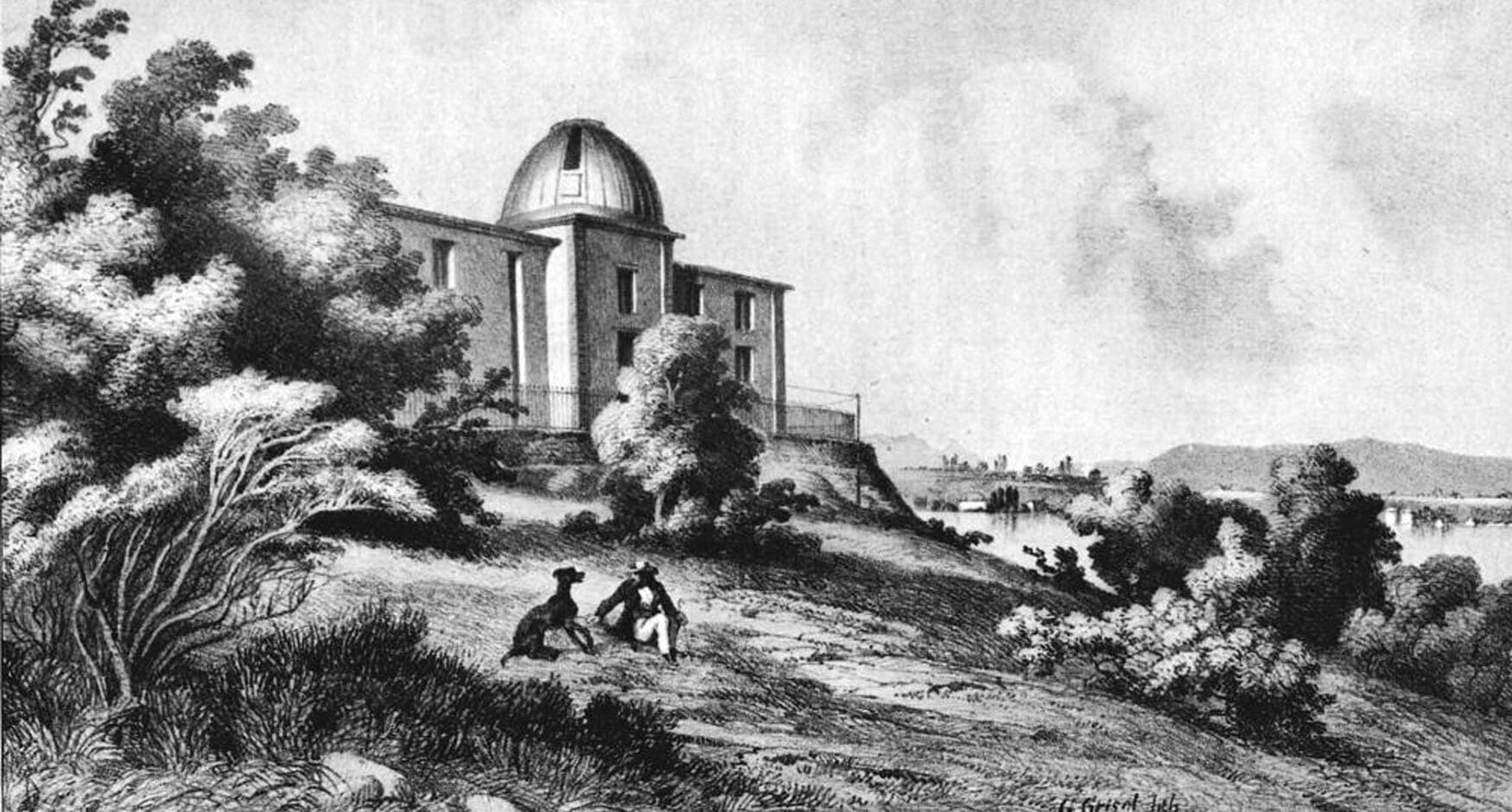
METAS has its roots in the late 19th century as a Swiss federal audit office, when the expansion of industry required more government oversight for legality, repeatability, and public trust. It became the Federal Bureau of Weights and Measures in 1909, expanded to the Federal Office of Metrology in 1977, and finally landed on the international acronym of METAS at the start of 2001, standing in for the Federal Office of Metrology and Accreditation. Essentially, anything that requires strict standards of measurement, calibration and testing in Switzerland falls to METAS. It’s not limited to watchmaking, with some of its other main fields including acoustics, electrical energy, traffic, radiation, and gas analysis. Countless Swiss industries rely on METAS, and it’s ultimately answerable to the Federal Department of Justice and Police at the very top of the bureaucratic chain.

On December 9th 2014, Omega issued a press release that announced its new Master Chronometer quality standard. That’s probably where the misconception that Omega created METAS comes from, because it was a collaboration between Omega and METAS which outlined a set of tests, and desired outcomes. Although Omega played a formative role and adopted the Master Chronometer name, any Swiss watchmaker is allowed to submit for METAS certification as long as it meets several prerequisites. For instance, Rolex-owned Tudor is increasingly seeking the Master Chronometer standard for its watches.
Earlier I said that being COSC-certified was a prerequisite for METAS Master Chronometer testing, but that’s not exactly the whole truth. The official METAS conditions for certification and designation state that a “movement must satisfy the criteria for a ‘chronometer’ according to the standard ISO 3159:2009 and the relevant tests must have been performed by a laboratory with ISO/IEC 17025:2017 accreditation.” It just so happens that the international standard ISO 3159:2009 is the exact same 15-day test procedure that COSC performs and that COSC is an ISO/IEC 17025:2017-accredited lab.
The ISO/IEC 17025:2017 ensures that the testing laboratory itself can be trusted, almost like the chronometer certification for chronometer testers. The watches also have to meet the requirements of the “Swiss Made” label, meaning that 60% of the manufacturing costs are incurred in Switzerland, it’s cased in Switzerland, and the movement is Swiss. METAS Master Chronometer certification requires that testing is carried out on completed watches, unlike COSC which only tests the movements before casing.
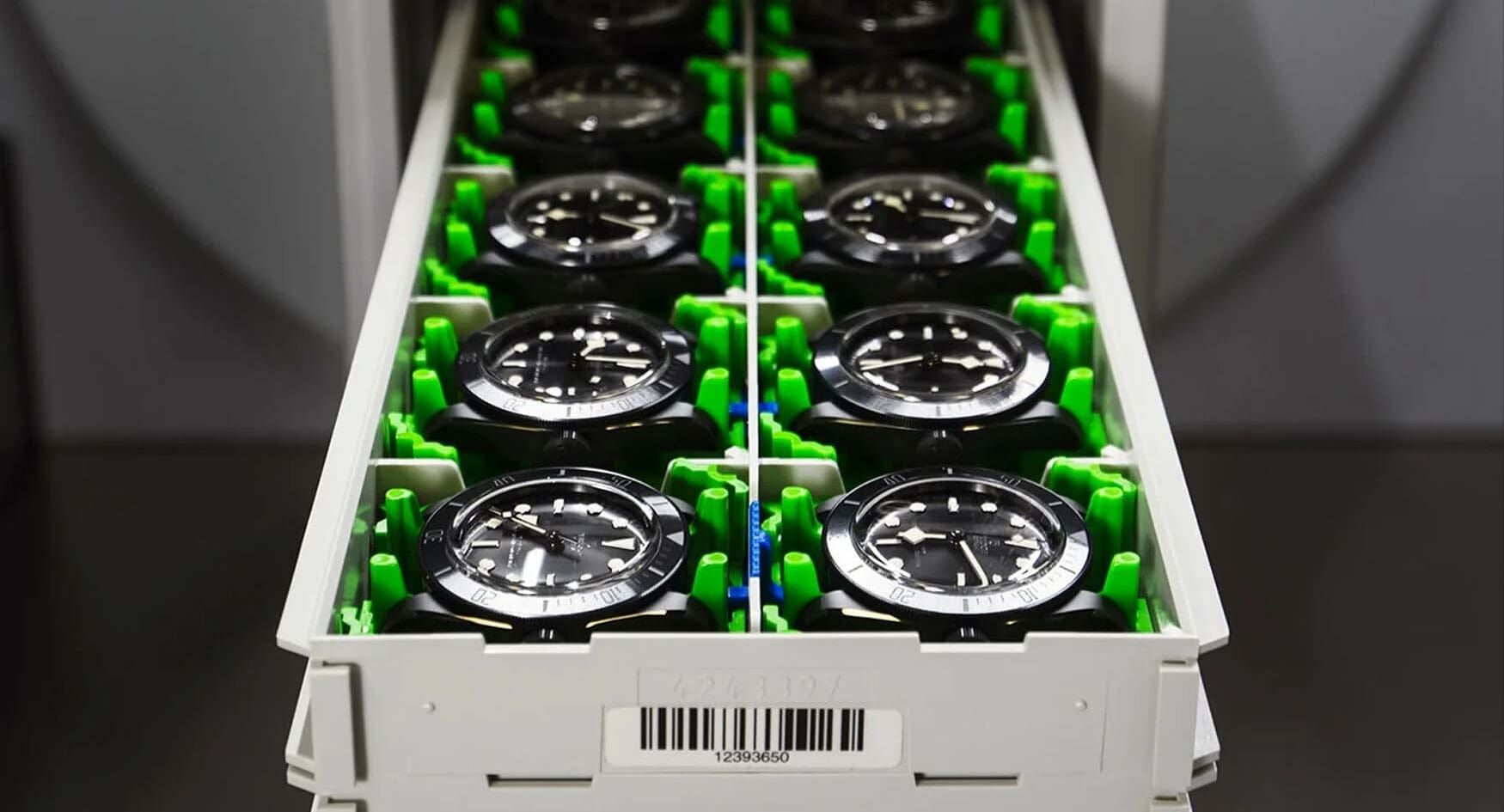
Another big difference between COSC and METAS is that, unlike COSC, METAS is not an individual laboratory. Any laboratory can carry out the tests, whether the watchmakers perform them in-house or hire a third party, as long as METAS is able to monitor the results and perform sample checks, as well as regular audits. Because of that, it’s possible that some sub-optimal watches could slip through the cracks, but individual companies don’t really have anything to gain by trying to cheat the system. After all, the whole exercise of certification is about building trust and attaining a reputation for accuracy.
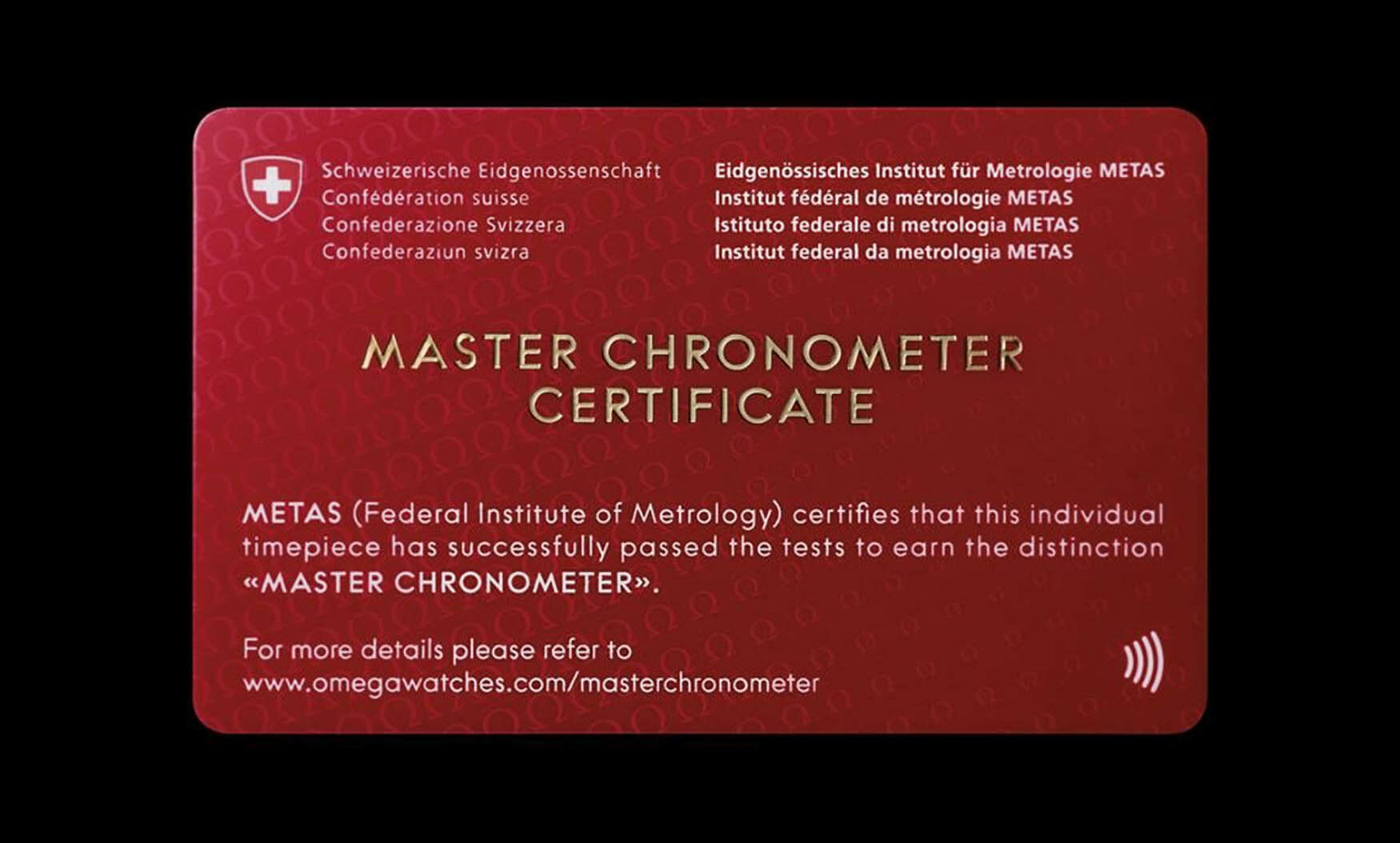
The actual process for METAS certification involves subjecting the watch to 10 test cycles, and assessing its accuracy across various positions, temperatures, power levels, and magnetic fields. The introduction of magnetic resistance is an extra criterion over COSC, ensuring resistance up to 15,000 Gauss, which is approximately the strength of an MRI scan. In addition to the magnetism tests, the required accuracy for a passing certificate is no loss of seconds per day, and +5 to +7 seconds per day depending on the size of the calibre. Larger movements will be held to the higher +5 standard, while smaller calibres earn a little bit more leniency. The power reserve is also tested, not just to see whether it keeps ticking, but to check its accuracy levels as the power is depleted. Let’s get into specifics.
The 10 cycles include plenty of minutiae and varying tolerances for each step, and you can read the full details of every cycle in a document available on the METAS website. For the purposes of general knowledge, I’ll be simplifying the explanations slightly. When referring to the positions of a watch being tested, CH refers to the dial-up position, and FH refers to dial-down. 3H, 6H, 9H and 12H refer to vertical positions with each of those hours pointing up. It may seem like there’s a lot of repetition, but the order of operations does get mixed around so that multiple parameters can be compared simultaneously.
Cycle 1
The watch is fully wound and then exposed to a 15,000 gauss magnetic field across its vertical and horizontal axes. After making sure the watch didn’t stop, it gets demagnetised.
Cycle 2
The watch is fully wound, its time state is noted, and then it’s allowed to run in four positions (CH, 9H, FH, 3H) at 33°C. Two of those positions (3H, CH) are repeated at 23°C, and the time is noted again to calculate the average daily rate.
Cycle 3
The watch is fully wound, exposed to a magnetic field in the vertical axis once again, and must not stop. This is more or less a repeated step from Cycle 1, but the watch is not demagnetised afterwards.
Cycle 4
Noting the time of the watch without winding it back up, Cycle 2 is repeated with the same positions and temperatures, and the daily rate is calculated once more.
Cycle 5
The watch is fully wound, then demagnetised, and Cycle 2’s testing is repeated again. The daily rate is calculated.
Cycle 6
The watch is fully wound, the time is noted, and the watch is tested with a new sequence of four positions (CH, 12H, FH, 6H) at 33°C, and two positions (6H, CH) at 23°C.
Cycle 7
This is where things get a little bit complicated, and also where it can be noted that the cycles don’t necessarily need to be completed in order. Sometimes cycles will be revisited in different orders to apply different conditions, such as the level of power reserve. Cycle 7 begins with the watch fully wound OR at a depleted level, and it’s allowed to run down for however long it takes to empty. This is compared to the stated power reserve indicated by the manufacturer. For example, a Tudor MT5602-U must run for a total of 70 hours.
Cycle 8
The watch is fully wound, and accuracy measurements are taken with the watch in all 6 positions, over a 30-second period each. After this, the deviation from the instantaneous rate can be calculated, which is essentially just the minimum and maximum daily rates.
Cycle 9
This is basically a repeat of Cycle 8, except that it’s performed with the power reserve at 1/3 capacity, or 65% to 75% depleted. The same rates are calculated to ensure the movement has enough torque to maintain accuracy at lower power levels.
Cycle 10
The final cycle actually has nothing to do with timekeeping, but rather reaffirming the water resistance of the case. The overpressure tests conform to different specifications as set out by ISO standards for watches rated at <3 bar (30m), <5 bar (50m), ≥10 bar (100m), and ≥30 bar (300m). The most common test would likely be the one for ≥10 bar (as most dive watches are rated at 20 bar/200m), where the watch begins submerged at 0 bar for 30 minutes. Over the period of 10 minutes, the pressure is increased to the case’s rated water resistance +25%, and held for 120 minutes. It’s then gradually reduced back down to 0, where it is retrieved and observed for any signs of condensation.
Reading through the test cycles is fascinating if you’re already familiar with the COSC standards because on a surface level, METAS actually seems slightly less daunting. Aside from the tighter accuracy tolerances and the magnetic resistance, most of these tests seem to be more like reassurances rather than gruelling, Herculean tasks.
If accuracy is your obsession, then quartz movements would serve you better. The results of chronometry tests aren’t really about day-to-day results anyway: they’re about celebrating levels of excellence that only luxury watches are capable of. You may never need to pop the crown and reset your budget watch powered by an NH35 if it’s regulated well, but nobody is under the impression it’s built to the same engineering standards as a Master Chronometer.




